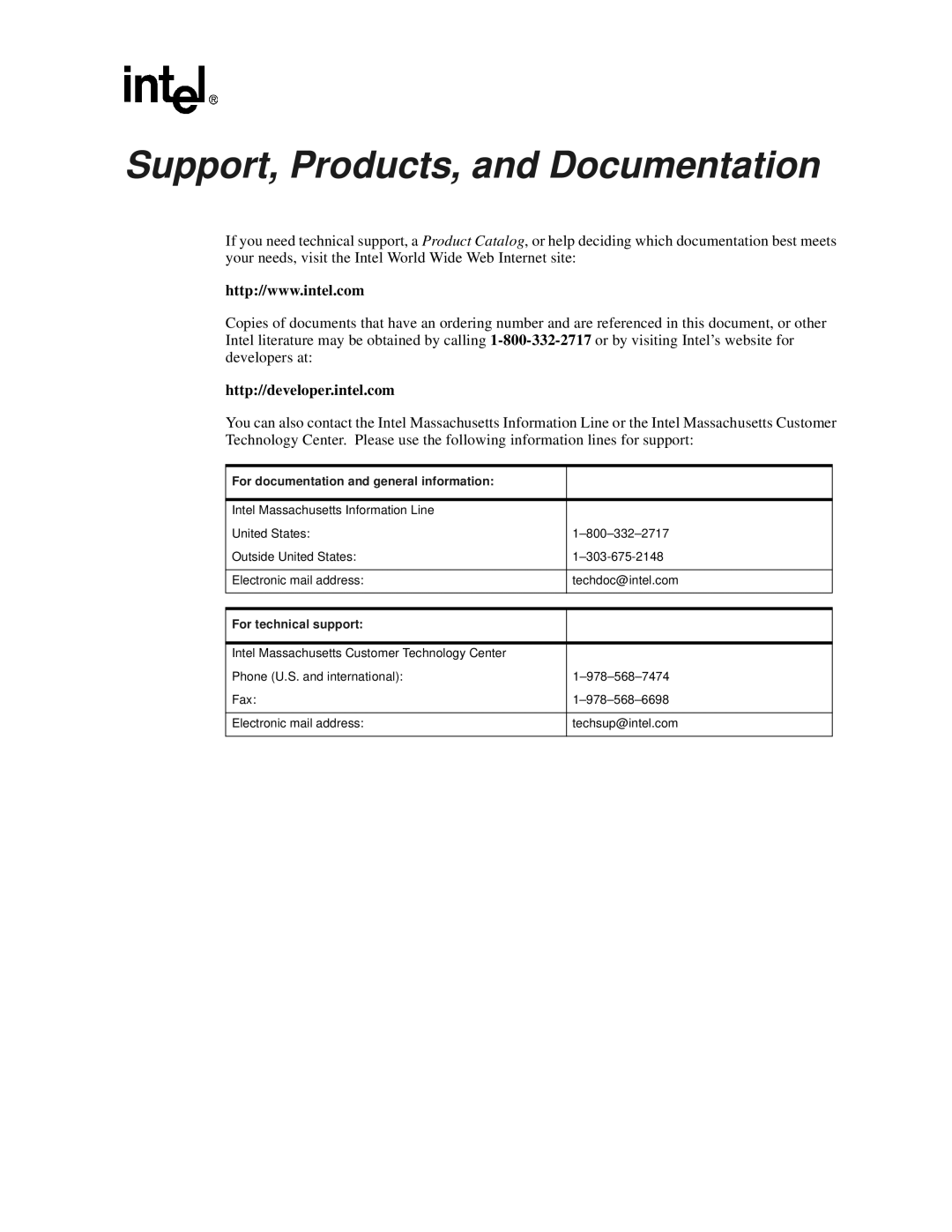21152 specifications
The Intel 21152 is a highly regarded chip designed specifically for use in a variety of networking applications, including Ethernet and Token Ring networks. Introduced in the 1990s, this device played a critical role in advancing network communication technologies by providing high-performance data transfer capabilities and supporting various network protocols.One of the main features of the Intel 21152 is its ability to handle dual 10BASE-T Ethernet ports, allowing for flexibility in network configurations. This dual-port capability is essential for implementing redundancy and load balancing in networking environments, ensuring that data can be transmitted efficiently even in the event of device failures. Furthermore, the chip is capable of supporting both full-duplex and half-duplex modes, accommodating different network setups and enhancing overall throughput.
The Intel 21152 utilizes a sophisticated architecture that integrates a range of technologies to optimize performance. It features a built-in microprocessor that enhances its processing capabilities, enabling it to manage data packets intelligently. Additionally, the chip supports a variety of networking standards such as IEEE 802.3, which ensures compatibility with a wide range of devices and systems in existing network infrastructures.
Another key characteristic of the Intel 21152 is its low power consumption, which was particularly notable for its time. This efficiency not only reduces operational costs but also contributes to the longevity of devices utilizing the chip, making it a practical choice for manufacturers seeking to create reliable networking equipment.
Moreover, the Intel 21152 supports several memory interfaces, allowing for the integration of external memory to further enhance its functionality. This capability is beneficial for applications requiring high-speed data buffering and processing.
In summary, the Intel 21152 emerged as a prominent networking chip with its dual-port support, efficient architecture, compatibility with various standards, and low power requirements. Its advanced features made it a valuable component in the development of networking solutions, solidifying its reputation in the industry and influencing the design of subsequent generations of network devices. With its significant technological advancements, the Intel 21152 paved the way for improved connectivity and communication in computing environments.
